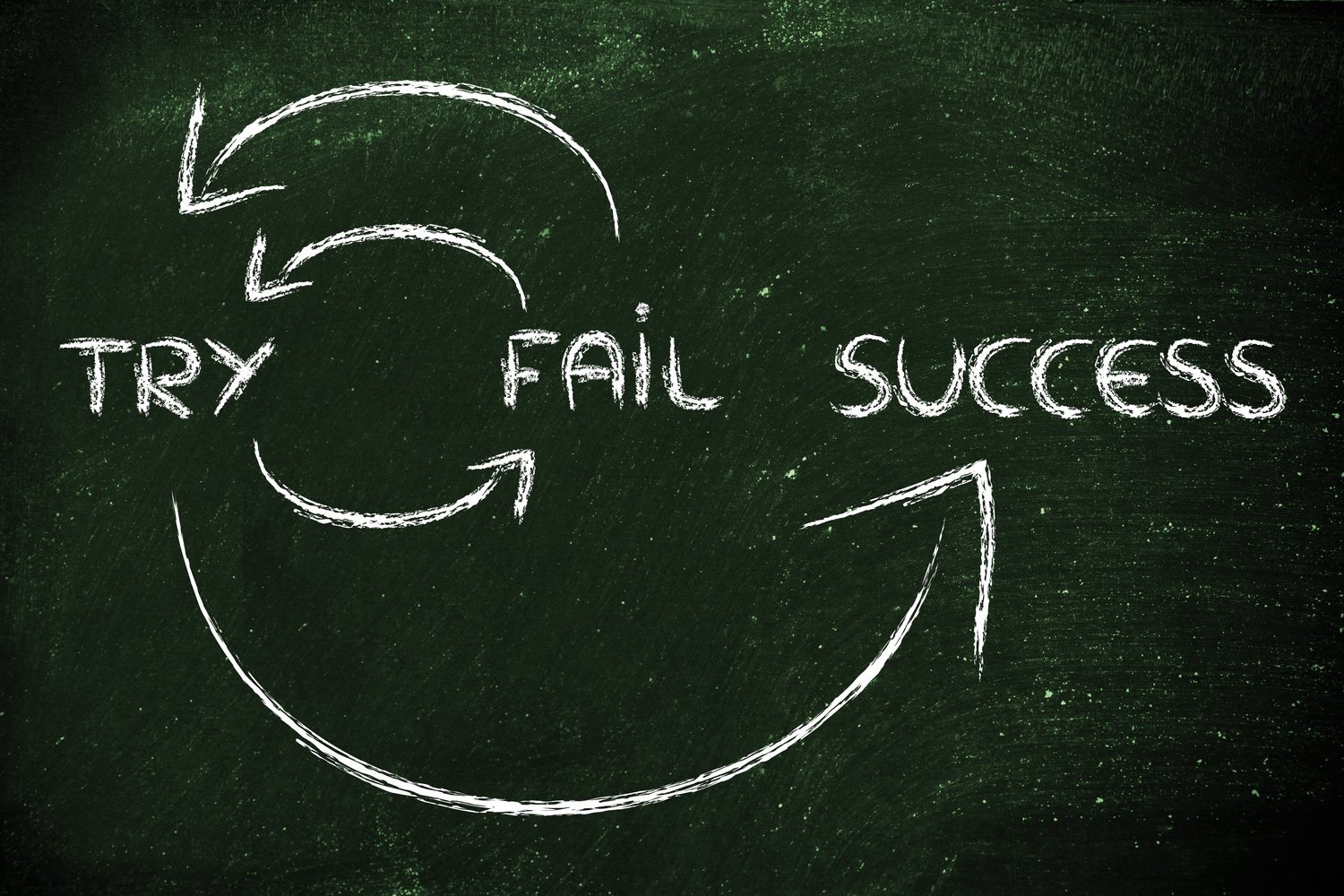1. Identify Your “Why” and Set Clear Goals
Starting with a clear purpose is crucial when balancing a side hustle with a full-time job. Reflect on why you’re pursuing the side hustle. Is it to generate extra income, develop a skill, or explore a passion? Knowing your “why” will guide your decisions and keep you motivated, especially when juggling multiple responsibilities.
Setting specific, realistic goals for your side hustle ensures you stay focused. Define what success looks like in both the short and long term. When you have clear goals, you’ll be able to track your progress, celebrate wins, and stay on course without sacrificing your primary job performance.
2. Master Time Management and Prioritization
Balancing two jobs requires exceptional time management. Start by identifying your most productive hours and use them to work on demanding tasks. Many people find that planning side hustle work for early mornings or evenings keeps it from clashing with their main job.
Create a schedule that prioritizes essential tasks for both jobs, and stick to it as closely as possible. Tools like time-blocking, task lists, or productivity apps can help you stay organized. Transitioning between roles can be challenging, but having a dedicated schedule prevents burnout and helps you make the most of your day.
3. Avoid Burnout with Work-Life Balance
Balancing a full-time job and a side hustle can easily lead to burnout if you don’t prioritize rest and recovery. To avoid exhaustion, make time for breaks, sleep, and relaxation in your schedule. Remember that self-care is essential for sustaining productivity over time.
Set boundaries to avoid overcommitting yourself. For instance, designate specific hours or days for your side hustle and limit after-hours work. Maintaining a healthy work-life balance will help you stay motivated and prevent the burnout that often comes from juggling too many responsibilities.
4. Communicate with Your Employer (If Needed)
If your side hustle might impact your availability or potentially create conflicts of interest, it’s wise to communicate with your employer. Many companies have policies regarding side jobs, so understanding these guidelines can help you navigate any limitations or permissions required.
Being transparent about your side hustle shows professionalism and builds trust. However, if your side job doesn’t interfere with your main role, it’s often unnecessary to disclose it. Clear communication can prevent misunderstandings and ensure that your employer sees you as dedicated to your primary job.
5. Focus on Building Efficient Systems
Efficiency is essential when you’re balancing a side hustle with a full-time job. Building systems for repetitive tasks can save time and prevent overwhelm. Automate processes where possible, such as scheduling posts for social media, using templates for emails, or setting up reminders.
Consider outsourcing or collaborating on aspects of your side hustle that aren’t your strengths. Delegating tasks frees up time to focus on high-impact work and maintain quality in both jobs. Building efficient systems will maximize productivity and help you stay consistent without compromising either role.
Final Thoughts: Embrace the Journey and Adjust as Needed
Balancing a side hustle with a full-time job is a rewarding yet challenging endeavor. Embrace the journey, and remember that adjustments will be necessary along the way. Regularly evaluate your goals, time commitment, and work-life balance. Flexibility and adaptability will ensure you achieve success in both your side hustle and your main career.





